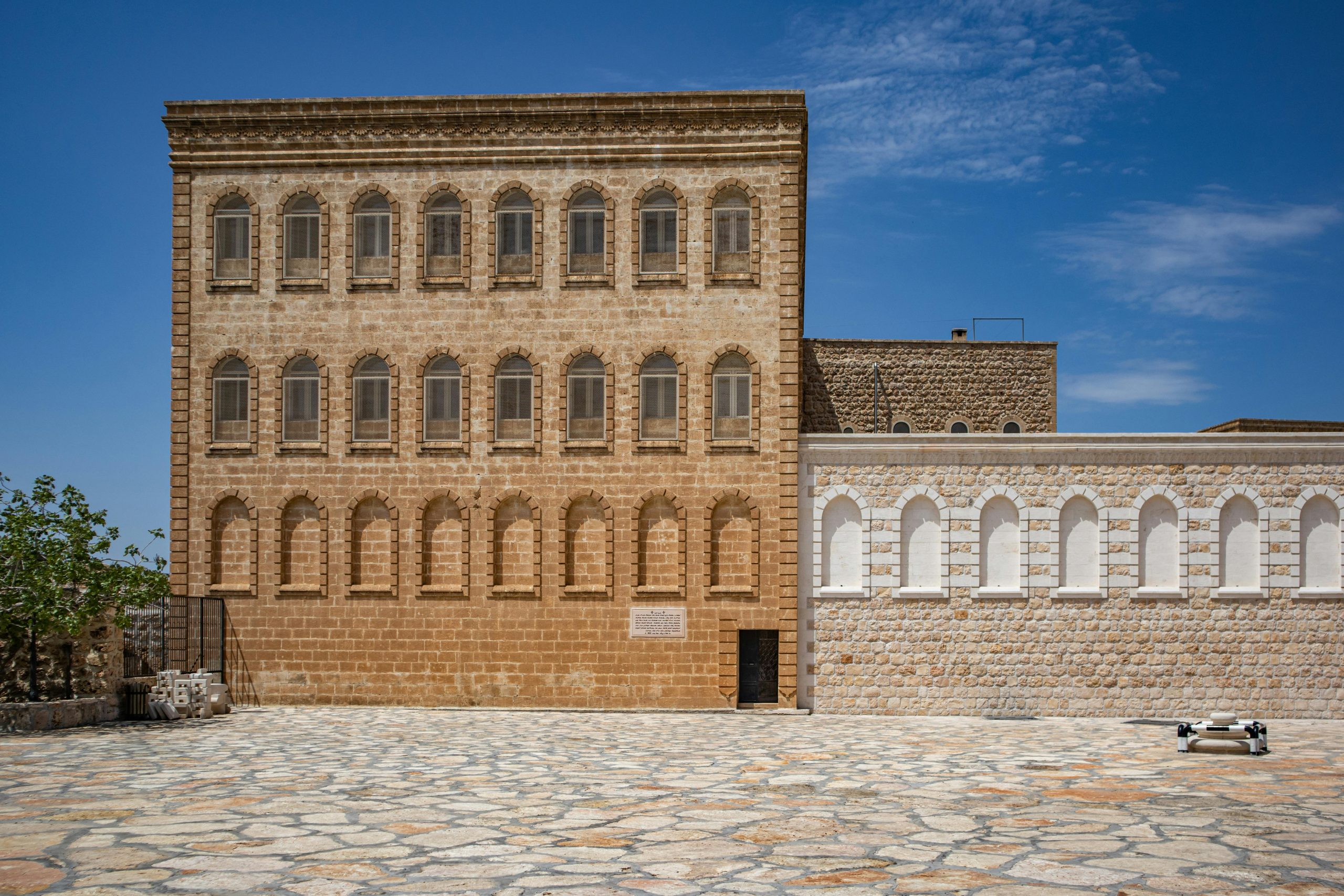Historic Property Restoration: Preserving Architectural Heritage
Preserving architectural heritage is crucial in maintaining the cultural identity and history of a city or town. Historic property restoration is a vital aspect of preserving these architectural gems that hold immense value and significance. The process of restoration is a delicate and meticulous one, involving research, planning, expertise, and a deep understanding of the property’s historical and cultural significance. In this article, we will delve into the importance of historic property restoration in preserving architectural heritage and the different aspects involved in the restoration process. 
What is Historic Property Restoration?
Historic property restoration is the process of carefully preserving and repairing a property to its original form, using appropriate materials and techniques. It involves repairing any damages, refurbishing the property, and maintaining its historical and architectural integrity. Historic properties are of great significance, not just to the local community but also to the region, country, and even the world. They are a link to our past, representing the achievements, legacy, and cultural identity of a particular era. Preserving and restoring these properties is not only crucial in maintaining their physical structure but also in safeguarding their historical and cultural value.
The Importance of Preserving Architectural Heritage
Historic buildings and structures hold immense value in terms of their architectural, cultural, and historical significance. They are valuable assets and a testament to the past, representing the stories, people, and events of a particular era. Preserving architectural heritage is vital as it not only serves as a link to our past but also adds character, charm, and beauty to our present. It is a reflection of our cultural identity and a source of pride for the local community.
Moreover, historic properties often serve as tourist attractions, driving tourism and contributing to the economy. They also have a positive impact on the property values of surrounding areas. Furthermore, preserving these properties is environmentally sustainable as it promotes the reuse of existing structures instead of building new ones.
The Restoration Process
The restoration process begins with extensive research on the property, including its history, architectural features, and cultural significance. This research is crucial in developing a comprehensive plan for the restoration process. Next, a detailed assessment of the property is conducted to determine the extent of damage and the appropriate restoration methods. The property’s restoration plan must adhere to the Secretary of the Interior’s Standards for the Treatment of Historic Properties, which provides guidelines for preserving historic properties.
Materials
The use of appropriate materials is essential in maintaining the authenticity of a historic property. Restoration experts must use materials that were originally used in the construction, or materials that closely match the original ones. This approach ensures that the restored property stays true to its historical and architectural roots.
Techniques
The restoration process involves intricate and specialized techniques to repair and refurbish the property’s structure. Preservation experts use a combination of traditional and modern techniques to repair damages and preserve the property’s authenticity. These techniques include woodwork, masonry, decorative arts, and many others, which require great skill and expertise.
Conservation
Conservation is a crucial aspect of historic property restoration, as it involves the maintenance and upkeep of the property. Regular maintenance and conservation measures ensure that the historic property remains in good condition, preventing the need for major restorations in the future.
The Role of Professionals in Historic Property Restoration
Historic property restoration requires a team of experts with specialized knowledge and skills. Architects, historians, conservators, craftsmen, and engineers are part of the restoration process, each bringing their expertise to the table. These professionals work collaboratively to ensure that the restoration process adheres to the highest standards and effectively preserves the property’s historical and architectural significance.
The Benefits of Hiring Professionals
Preserving and restoring a historic property is a complex and delicate process, requiring a high level of expertise. Hiring professionals ensures that the restoration process is conducted in the best way possible, using appropriate techniques, materials, and methods. Professionals have the necessary knowledge and skills to navigate through the various stages of the restoration process and handle any challenges that may arise effectively.
Conclusion
Historic property restoration is crucial in preserving our architectural heritage and maintaining a link to our past. It is a delicate and meticulous process that requires extensive research, planning, and expertise. The use of appropriate materials, techniques, and conservation measures is vital in preserving the property’s authenticity and historical value. By hiring professionals and adhering to the highest standards, we can effectively preserve our architectural heritage for future generations to appreciate and admire.











